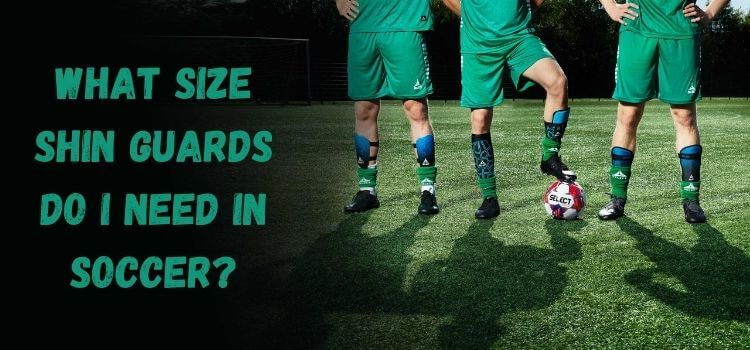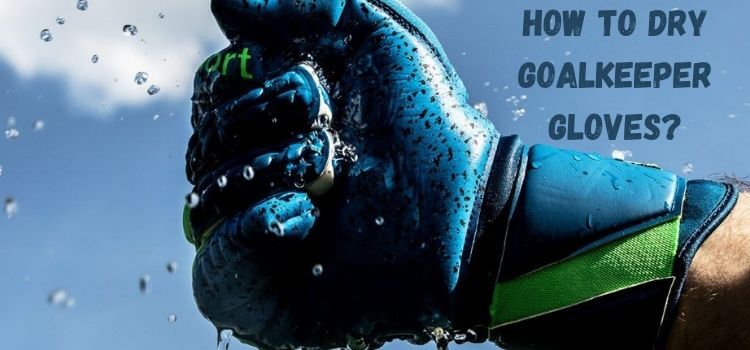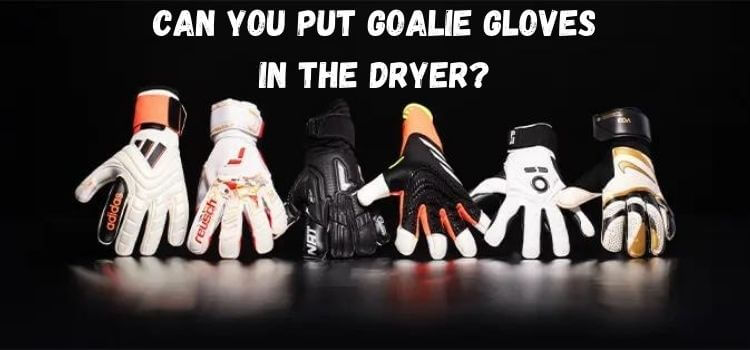As an Amazon Associate, I earn from qualifying purchases
Choosing the right size shin guards for soccer can be a game-changer. Not only do they protect you from injuries, but they also enhance your performance on the field. In this guide, we’ll break down everything you need to know about picking the perfect shin guards, from understanding their importance to ensuring the right fit.

Understanding the Importance of Shin Guards
What Are Shin Guards?
Shin guards are essential protective equipment worn on the lower legs during soccer games and practices. They are designed to shield the shins from impacts and injuries that can occur from kicks, falls, or collisions.
Why Shin Guards Are Essential in Soccer
Soccer is a high-contact sport where players often use their legs to control the ball, pass, and tackle. Without proper protection, your shins are vulnerable to bruises, cuts, and even fractures.
Shin guards provide a barrier that absorbs and distributes the impact, reducing the risk of injury.
Factors to Consider When Choosing Shin Guards
Size and Fit
One of the most critical factors in choosing shin guards is getting the correct size. Ill-fitting shin guards can be uncomfortable and ineffective. Here’s how to ensure a proper fit:
Measuring Your Shin
Your shin should be measured from just below the knee to just above the ankle. This is the length of your shin.
With the use of this measurement, you will be able to determine the appropriate size in accordance with the standards set forth by the particular manufacturer.
Type of Shin Guards
There are different types of shin guards, each designed for specific needs and preferences:
Slip-in Shin Guards
These are lightweight and simple to use. They slide into your socks and are preferred by players who want minimal restriction.
Ankle Shin Guards
These, with built-in padding around the ankles, provide additional protection. They are ideal for younger players or those prone to ankle injuries.
Socks Style Shin Guards
These come with a built-in sleeve that keeps the guard in place. They offer convenience and ensure that the shin guard doesn’t slip during play.
Material and Comfort
The material of the shin guard affects both comfort and protection:
Lightweight Materials
Most modern shin guards are made from materials like plastic or carbon fiber, offering a balance of lightweight feel and sturdy protection.
Padding and Cushioning
Look for shin guards with adequate padding on the inside. This cushioning not only adds comfort but also enhances shock absorption.
Protection Level
Depending on your position and playing style, the level of protection you need may vary:
High Impact Protection
Shin guards with high-impact protection are essential for defenders and players who frequently tackle. These typically feature reinforced areas to withstand substantial impacts.
Basic Protection
For casual or non-contact play, essential shin guards that offer standard protection might suffice. These are usually lighter and less bulky.
How to Measure for the Right Size Shin Guards
Step-by-Step Measuring Guide
The following straightforward measuring guide will help you ensure that you receive the correct size:
Tools You Need
You’ll need a measuring tape or a ruler to get an accurate measurement of your shin length.
Proper Measurement Technique
Stand upright and measure from just below your kneecap to the top of your foot (above the ankle). Note this length in centimeters or inches.
Sizing Charts and Guides
Shin Guard Sizing Chart
- XX-Small: Typically for children up to 3’3″ (100 cm)
- X-Small: For heights 3’4″ to 3’7″ (102-110 cm)
- Small: For heights 3’8″ to 4’3″ (112-130 cm)
- Medium: For heights 4’4″ to 5’2″ (132-158 cm)
- Large: For heights 5’3″ to 5’11” (160-180 cm)
- X-Large: For heights 6’0″ and up (183 cm and up)
Using Manufacturer’s Size Chart
Most shin guard manufacturers provide sizing charts that correlate your measurement to their product sizes. By consulting these charts, you can find the best match for you.
Age and Size Recommendations
Some sizing guides also consider age and height. These can be helpful if you’re buying shin guards for children or young players.
Tips for Ensuring the Perfect Fit
Trying on Shin Guards
Before making a final decision, it’s essential to try on the shin guards:
Positioning and Adjustment
Place the shin guard on your leg and ensure it covers the area from just below the knee to above the ankle. Adjust any straps or sleeves for a snug fit.
Comfort Check
Walk around and move your legs to check for comfort. The shin guards should stay in place without causing any discomfort.
Common Fit Issues and Solutions
Too Tight or Too Loose
If the shin guards are too tight, they can restrict blood flow and movement. If they are too loose, they won’t provide adequate protection. Adjust straps or try a different size if needed.
Adjusting Straps and Sleeves
Use adjustable straps and sleeves to fine-tune the fit. Ensure they hold the shin guards securely without being too tight.
Maintaining and Caring for Your Shin Guards
Cleaning and Maintenance
For your shin guards to remain in good condition, you should:
Regular Cleaning Routine
Wipe them down with a damp cloth after each use. For a deeper clean, follow the manufacturer’s instructions.
Storing Properly
It would help if you kept your shin guards in a dry and cold location. Avoid leaving them in a damp bag, as this can cause bacteria and odor buildup.
When to Replace Your Shin Guards
Signs of Wear and Tear
Inspect your shin guards regularly for cracks, splits, or worn-out padding. These are signs that it’s time to replace them.
Frequency of Replacement
Depending on how often you play, you may need to replace your shin guards every season or every couple of years.
Conclusion
Choosing the right size shin guards for soccer is crucial for your safety and comfort on the field. By considering aspects such as size, kind, material, and level of protection, as well as adhering to the appropriate measuring techniques, you are going to be able to choose the perfect pair of shoes that suit your needs and preferences. Always try on shin guards to ensure a good fit and maintain them well to extend their lifespan.
FAQs (Frequently Asked Questions)
Shin guards are considered to be overly small if they do not cover the entire length of your shin, which extends from just below the knee to above the ankle. Additionally, if they feel too tight and restrict movement, you may need a larger size.
It’s not recommended. Shin guards are held in place by socks, which include an additional layer of comfort and protection.
Yes, professional players often use custom-made shin guards tailored to their specific needs and preferences. They may also opt for higher-end materials for added protection and comfort.
Wipe down your shin guards after every use with a damp cloth. For a more complete cleaning, follow the manufacturer’s instructions, which often state that you should clean them once a month or whenever it is required.
Not necessarily. While higher-end shin guards may offer better materials and features, the best shin guards for you are the ones that fit well and provide the necessary protection for your level of play.
Read Our More Articles
- How to Keep Goalie Gloves from Smelling: Tips and Tricks
- How to Maintain Goalkeeper Gloves for Optimal Performance
- What Are the Best Goalkeeper Gloves in the World?
As an Amazon Associate, I earn from qualifying purchases


